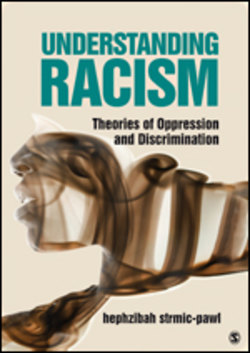Читать книгу Understanding Racism - Hephzibah Strmic-Pawl - Страница 34
На сайте Литреса книга снята с продажи.
Theoretical Benefits
ОглавлениеThe interdisciplinary review of such a wide range of studies and theoretical approaches leads to a nuanced perspective on prejudice. As Allport notes in the beginning of his book, his aim is to provide a framework for future scholars—a theoretical foundation based on a holistic synthesis of the work on prejudice. The table of contents of the book provides a theoretical outline of how to approach the study of prejudice with 31 chapters, ranging from the introduction, “What Is the Problem?” to specific facets, such as “Stereotypes in Our Culture” and “Choice of Scapegoats,” to a chapter toward the end on “Evaluation of Programs.” Throughout the book, there is a carefully balanced view of explaining prejudice as a problem belonging to society and a problem belonging to individuals. Likely, the greatest theoretical benefit is that Allport successfully meets his goal of setting the stage for a theory of prejudice that successive scholars have relied on. As noted social psychologist Thomas Pettigrew remarks, “the book continues to be the definitive theoretical statement of the field.”32
